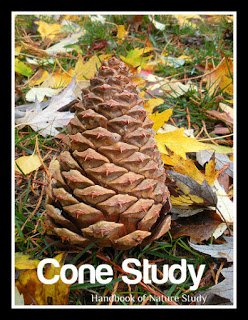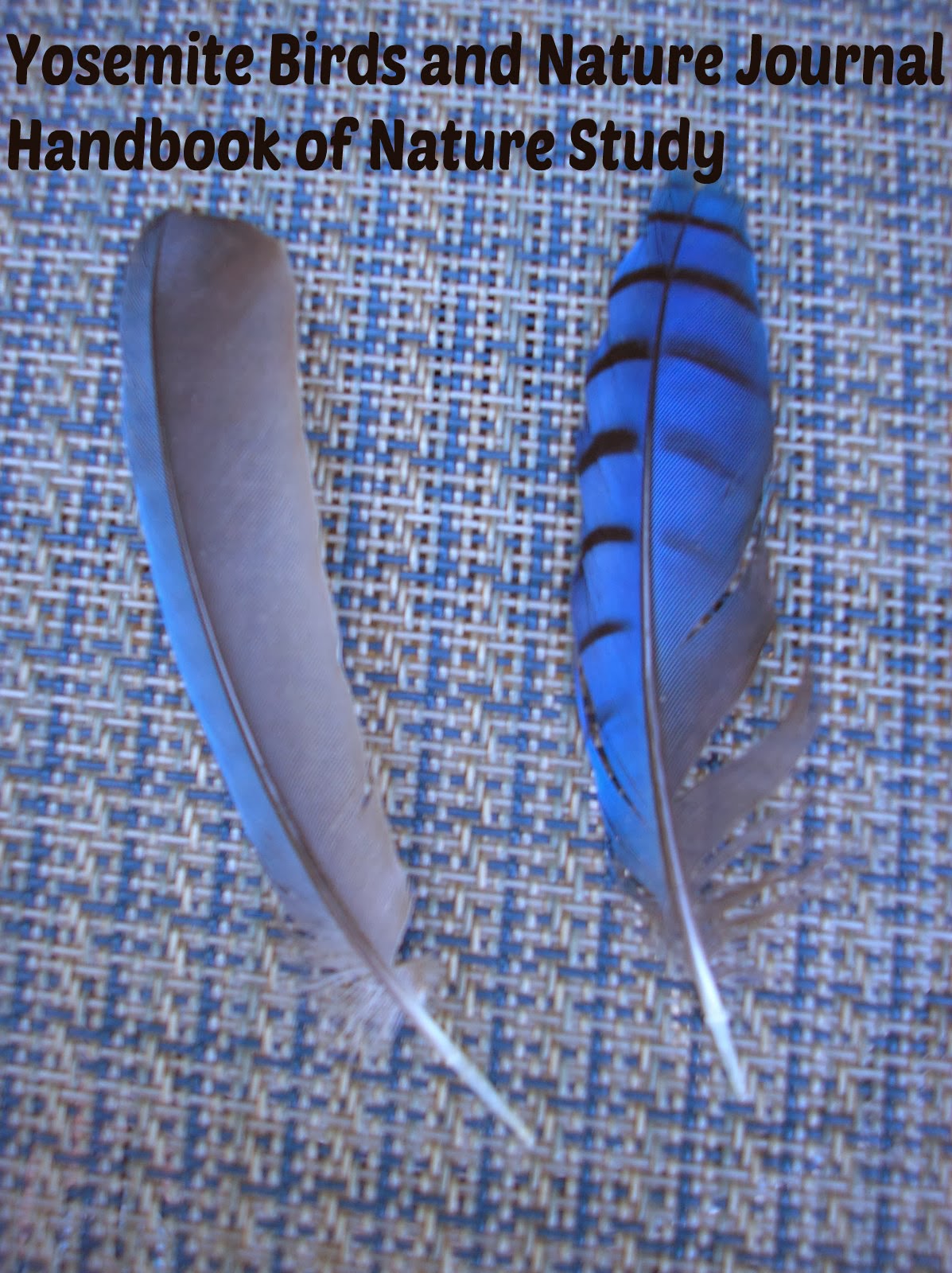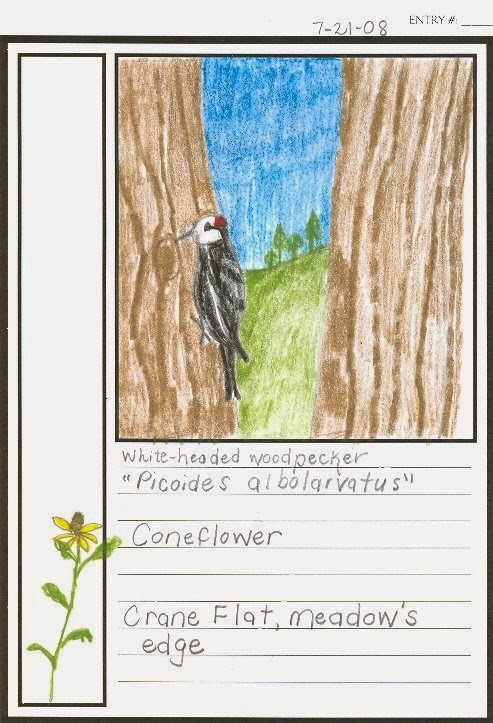We were hoping to observe some birds from this challenge but we never had an opportunity come up. We will have our eyes out for a woodpecker, a nuthatch, and a towhee. We have heard plenty of woodpeckers and towhees out in the woods as we walk, but they never come close by and let us have a good look for this challenge.
We have seen some birds to note here on the blog. We saw our very first ever grouse when we were out today. After our encounter with the sound of the grouse at Yosemite last month, we were prepared when we saw a grouse here locally. I did not have my camera so there is no photo but here is a link to the kind of grouse that we saw:
Grouse
We also saw a group of Canada Goose this past weekend. I think they sort of qualify as black and white birds. Don’t you?
In the Handbook of Nature Study it says to study the goose and the duck and compare them. The questions in the lesson have you comparing different features of the duck and the goose like their beaks and feet.
We made a journal entry showing different kinds of bird feet. This was an interesting sketching assignment and we had to work carefully from the images on this website: Bird Feet.
Although we didn’t see any woodpeckers, we did see evidence that there are some nearby.
This is a tree that the acorn woodpeckers have made holes in the bark and then stuffed acorns in for future meals. Here is a better look at the acorns.
Amazing that they make the holes just the right size.
This is what the AllAboutBirds website says about the Acorn woodpecker.
“All members of an Acorn Woodpecker group spend large amounts of time storing acorns. Acorns typically are stored in holes drilled into a single tree, called a granary tree. One granary tree may have up to 50,000 holes in it, each of which is filled with an acorn in autumn.”
We come across these granary trees quite frequently in our area.
Here is a photo of a white-headed woodpecker that I took last summer at Yosemite.
He was not shy and we had a great time watching him work.
Although we were not successful in spotting this challenge’s birds, we did take quite a bit of time to look for, listen to, and learn about the birds in the challenge.















